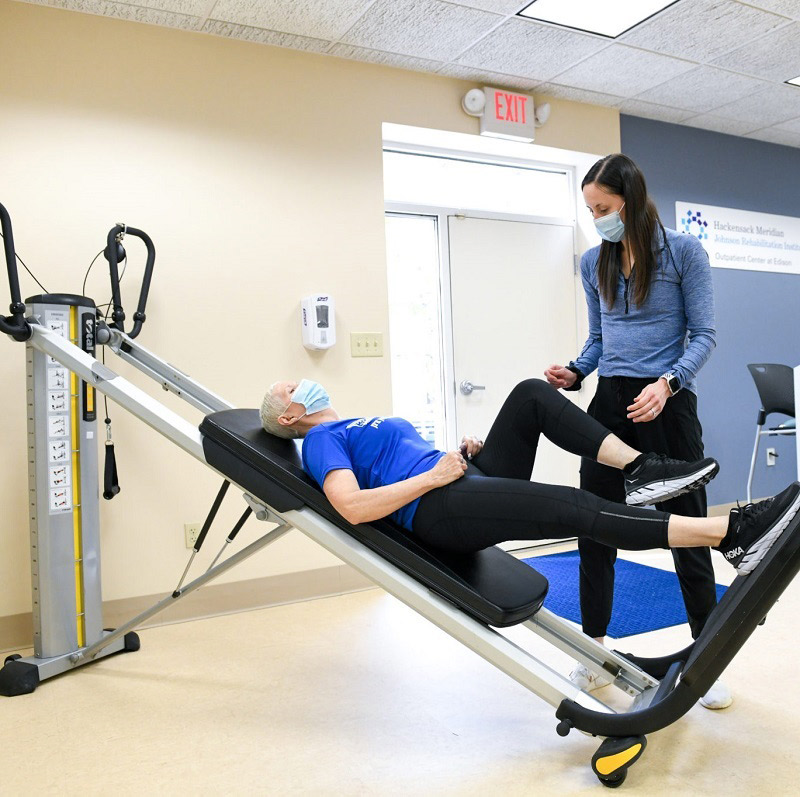Effective Approaches for Alleviating Breathlessness in Physical Rehabilitation Sessions
Effective Approaches for Alleviating Breathlessness in Physical Rehabilitation Sessions
Blog Article
Breathing difficulties, or trouble respiration, is a frequent issue that many individuals face, particularly those with long-term lung diseases, heart issues, or other health conditions. In rehabilitation therapy appointments, addressing breathing difficulties is essential for helping patients improve their overall quality of life. By utilizing specific techniques and strategies, physical therapists can help patients in controlling their respiratory difficulties. Grasping these efficient approaches can enable both therapists and patients to collaborate together more effectively in overcoming obstacles related to dyspnea.
One of the primary methods used to alleviate dyspnea in physical therapy is the application of regulated breathing exercises. These exercises often concentrate on diaphragmatic breathing, which promotes patients to use their breathing muscle rather than their upper thoracic muscles when inhaling. This approach helps to increase lung volume and effectiveness. Additionally, pursed-lip breathing is another technique that can be beneficial. This method involves inhaling through the nose and exhaling slowly through compressed lips, which can assist to keep airways clear longer and render breathing feel more manageable. By incorporating these activities into therapy appointments, physical therapists can provide patients with strategies to control their dyspnea both during and outside of their appointments.
Another crucial aspect of controlling breathing difficulties in physical therapy is the development of an personalized exercise program. Customizing exercises to satisfy the specific needs and abilities of each patient is essential. Therapists should slowly integrate aerobic exercises, such as walking or biking, in a controlled manner, allowing patients to build their endurance over a period. This progressive approach helps patients to feel more at ease with fitness activity while at the same time improving their lung function and overall endurance. It is vital for therapists to monitor patients carefully during these activities to make sure they are not overexerting themselves, which could result to greater shortness of breath.
Education also plays a significant role in alleviating dyspnea during physical therapy sessions. Providing patients with information about their ailment and the factors behind breathing difficulties can empower them to take charge of their health. Therapists can explain how factors like anxiety, posture, and surrounding conditions can influence breathing. By comprehending these ideas, patients can learn to manage their issues more efficiently. Techniques such as anxiety reduction methods and proper body mechanics can additionally assist in minimizing the impact of breathing difficulties during routine activities and therapy sessions.
In conclusion, effectively alleviating dyspnea in physical therapy sessions involves a mix of breathing activities, personalized exercise programs, and patient education. By applying these effective approaches, physical therapists can assist patients control their breathing difficulties and improve their overall health. Working together between therapists and patients is essential to create tailored interventions that address specific needs. With the Read More Here right support and techniques, patients can find comfort from dyspnea and engage more completely in their physical therapy journey, ultimately leading to a better standard of life.